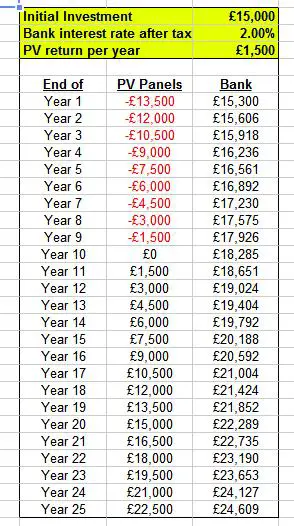The fact remains: pv cannot contribute to the UK's system maximum demand and therefore cannot reduce the UK's generation power requirement. Not even by one tiny kW.
"Fact"?
You haven't expressed yourself clearly.
By "generation power requirement" I take it you mean the installed generation base of nuclear, gas and hydro stations, which is sized to cope with the probable peak load?
you surely don't mean the actual peak load, which at any particular time on any particular day will have a certain amount being fulfilled from micro, and the load on the grid will therefore be reduced by whatever that amount might be at that time.



